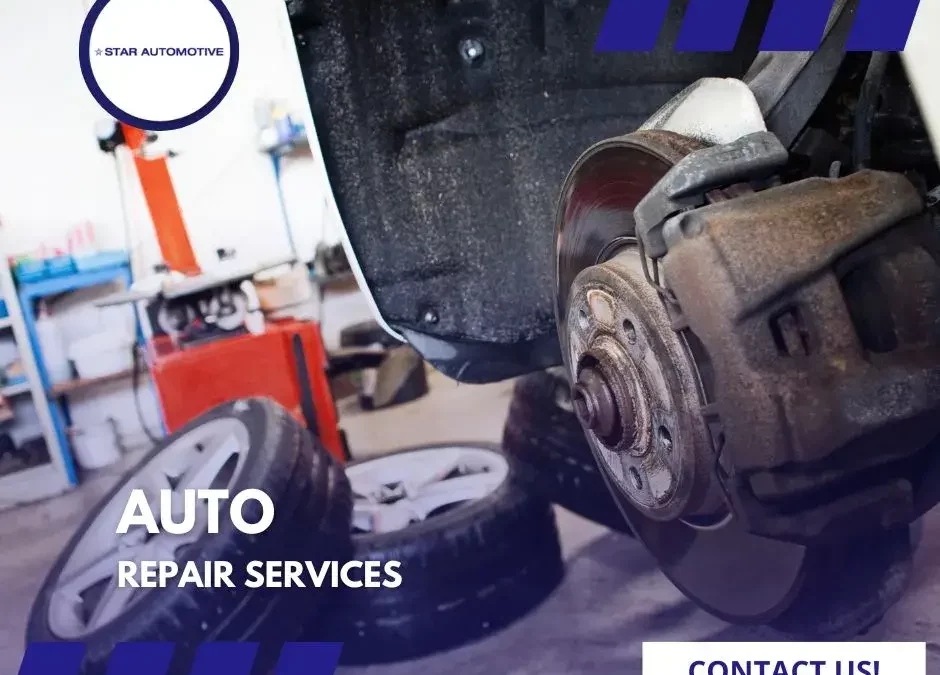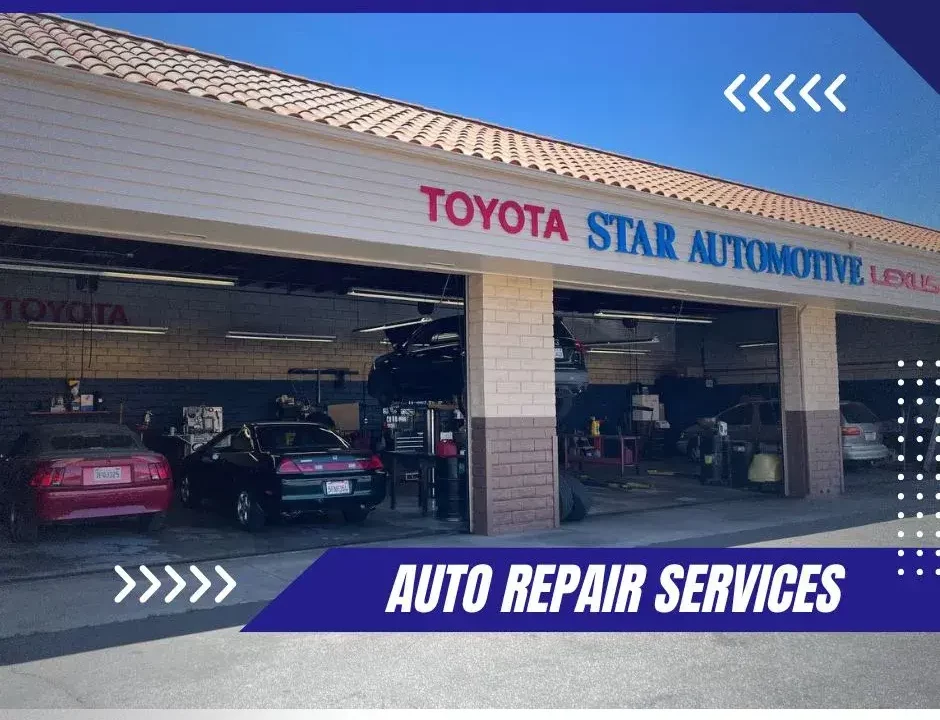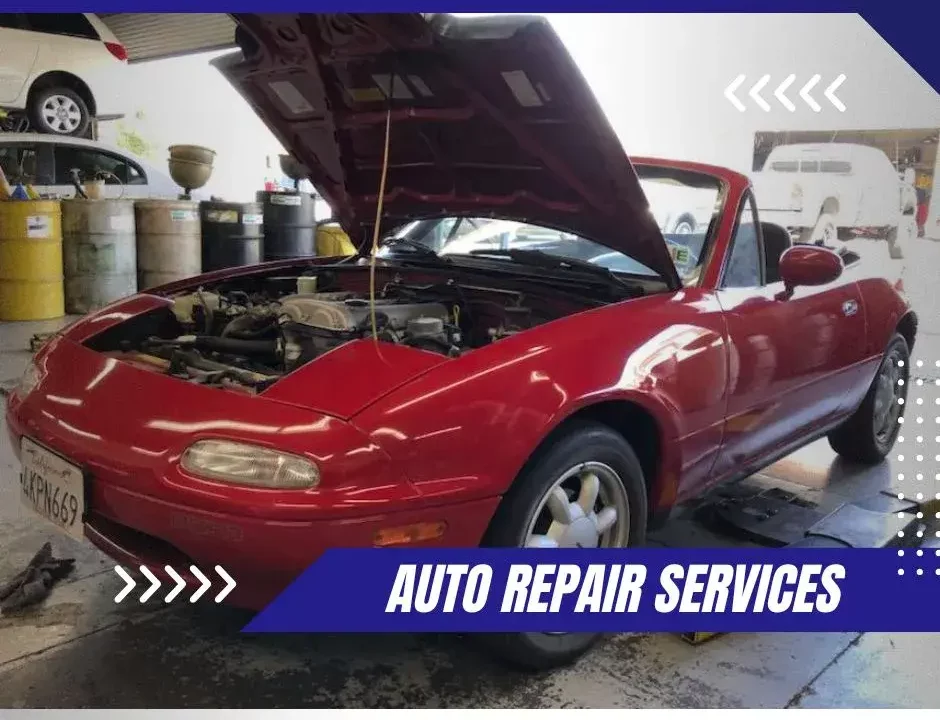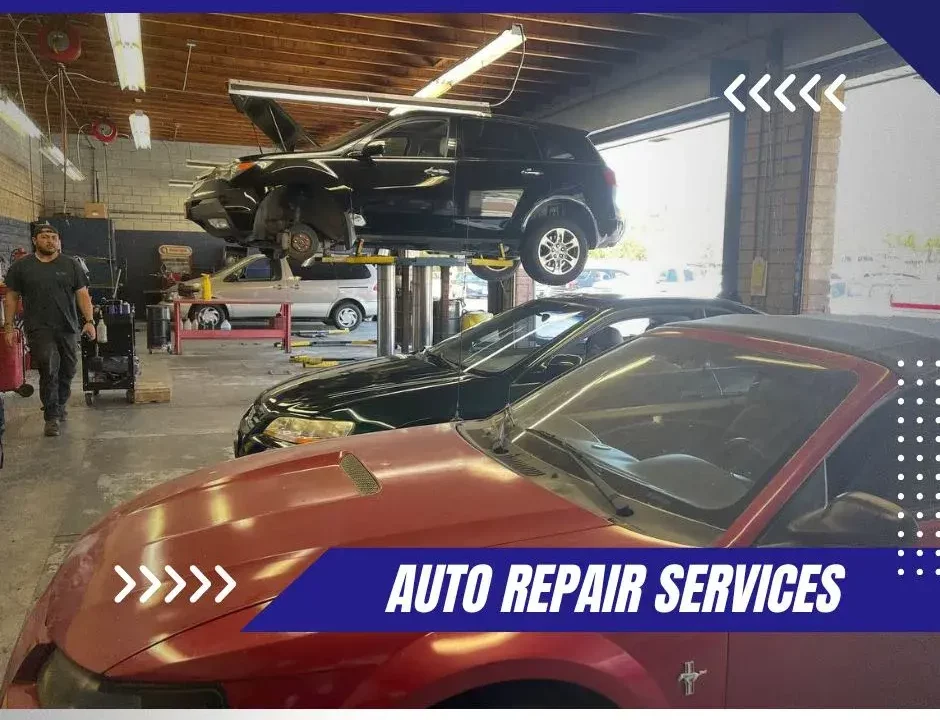
The Importance of Regular Brake Checks in Auto Repair
October 4, 2024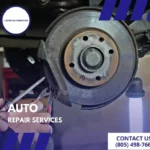
How Auto Repair Experts Diagnose Common Brake Problems
October 4, 2024Understanding the early warning signs of brake failure is essential for maintaining vehicle safety and preventing costly auto repair. Indicators such as unusual noises—squealing or grinding—reduced braking efficiency, a vibrating brake pedal, or illuminated dashboard warning lights should be addressed promptly. Ignoring these signs can lead to more severe issues, compromising the vehicle’s braking system. If these symptoms are observed, it is crucial to act immediately, potentially using the emergency brake and finding a safe location to stop for a thorough inspection and necessary repairs. Discover how to recognize and respond to these critical signs effectively.
Common Warning Signs
When it comes to vehicle safety, recognizing the common warning signs of failing brakes is paramount. A primary indicator is an unusual noise, such as squealing or grinding, which signals worn-out brake pads or potential damage to the rotors. These auditory cues should never be ignored, as they often precede more severe issues.
Another critical sign is a noticeable decrease in braking efficiency. If you find that your vehicle takes longer to come to a complete stop, or if you need to apply more pressure to the brake pedal, it suggests brake system deterioration. This could be due to fluid leaks or air in the brake lines, both of which compromise braking performance.
Additionally, a vibrating or pulsating brake pedal can indicate warped rotors or uneven wear. This vibration is typically felt when applying consistent pressure to the brake pedal and should be addressed immediately.
Lastly, a dashboard warning light specifically for the braking system is a clear and direct signal of malfunction. Modern vehicles are equipped with sophisticated diagnostic systems that alert drivers to issues within the brake system, ensuring timely intervention. Recognizing these signs can significantly enhance vehicular safety and performance.
Immediate Actions to Take for Auto Repair
Recognizing the warning signs of failing brakes is only the first step; knowing the immediate actions to take can make a critical difference in ensuring safety. When you detect brake issues, acting swiftly and correctly is vital to maintain control and prevent accidents. Here are immediate actions to implement:
- Stay Calm and Assess: If you notice reduced braking power, avoid panic. Gradually reduce speed by taking your foot off the accelerator and gently applying the brakes to gauge their responsiveness.
- Use Emergency Brake: If the primary braking system fails, use the emergency brake. Engage it slowly to avoid locking the wheels, which can lead to skidding.
- Downshift to Lower Gears: In manual or automatic transmission vehicles, downshift to lower gears to slow the car naturally. This technique uses engine braking to help reduce speed without relying on the brakes.
- Find a Safe Place to Stop: Steer your vehicle towards the side of the road or a safe area away from traffic. Turn on your hazard lights to alert other drivers of your situation.
In conclusion, identifying the early warning signs of brake failure—such as unusual noises, decreased braking efficiency, a vibrating pedal, or dashboard warning lights—is paramount for vehicular safety. Immediate actions, including the use of the emergency brake and finding a safe location for inspection, are critical in maintaining braking system functionality. Adhering to these guidelines can prevent exacerbation of underlying issues, ensuring both safety and longevity of the vehicle’s braking mechanisms. Ignoring these signs would be akin to driving with blinders on, potentially leading to more extensive auto repair needs.

